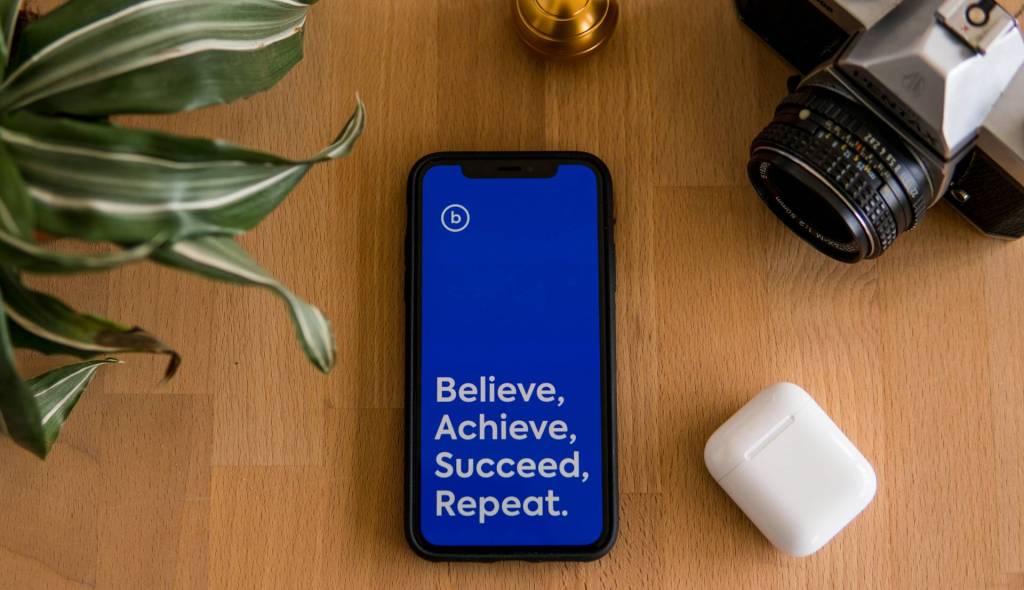If you had been at a recent keynote I delivered last week you probably would have agreed with audience members who identified meetings with no assigned accountabilities as a serious workplace communication problem.
It’s one of the biggest complaints I get from audiences when asked for their biggest frustrations with communication in their workplaces.
Millions of hours (and payroll dollars), maybe billions, are wasted by ineffective meetings every year. Yet, few people complain directly to people who can do anything about them (this reinforces another workplace issue, the lack of direct/candid communication, one of my “7 Deadliest Workplace Communication Sins”
One of the reasons is that it’s the company leaders or department managers, bosses, who are running these ineffective meetings so no one steps up to confront the issue.
Running effective meetings is just one component of what I have labeled Level 3 Leadership Communication, Public/Group Communication.
Level 3 Leadership Communication encompasses any type of public presentations including running meetings, delivering speeches and providing workshops, seminars and trainings, etc.. It also includes being able to make a point and be heard from around the conference room table when not in front of the room presenting or leading the meeting.
Among the key complaints I continually hear regarding office meetings include a lack of participation from those attending meetings, a lack of attention in the meetings, and a lack of assigned accountability for next steps upon closing the meeting.
One singular, simple strategy would solve much of the problems with most workplace meetings.
This is to simply plan and prepare more effectively ahead of time.
Planning and preparing more effectively ahead of time can be driven significantly with one simple planning strategy, decide on the purpose of the meeting.
Deciding on the purpose of the meeting will drive the agenda and get it focused on clear outcomes.
Creating a “Purpose Statement” will set an expectation for what invitees can expect, such as “The purpose of this meeting is to decide a specific strategy we can implement immediately to reduce accounts receivable.”
This simple action will drive two other important meeting issues:
- The type of meeting – there are eight different types of meetings:
- Information gathering
- Information distribution
- Planning
- Decision-making
- Problem-solving
- Brainstorming
- Feedback/review meeting
- Ice-breaking/team building
- Invitees to the meeting:
Not everyone needs to be invited to every meeting. The other biggest complaint is from people who are invited to meetings and made to feel like they have to attend. When the purpose is clear it is easy to identify the players who must participate.
Setting a clear purpose for the meeting will automatically make your meetings more effective.
Next week I’ll build on these strategies so you can make your next office meeting even more effective.












